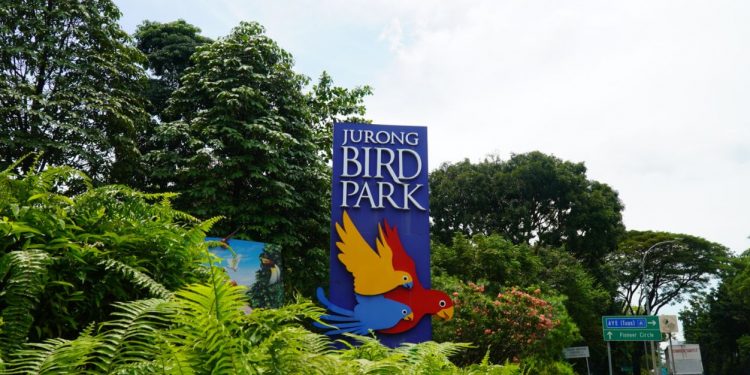A bird park, a conservation centre, a tourist attraction, and a field trip, in many ways Jurong Bird Park is all these things and so much more to different people.
First opened in 1971, Jurong Bird Park will be pulling down its shutters on 3 Jan 2023 after 52 years in operation. It will be moving lock, stock and barrel over to its new home at Mandai and renamed Bird Paradise.
The new Bird Paradise is only slated to open in the second quarter of 2023.
And while the move meant home in a newly built, state-of-the art facility for the birds and staff, and consolidating the aviary with the Singapore Zoo, Night Safari, River Wonders, into Singapore’s collection of wildlife destinations over at one location, saying goodbye to a home of 52 years is still never easy.
Former assistant curator Lim Hee, who spent half his life in Jurong Bird Park, says, “I will definitely miss the memories are tied not just the physical space itself but also the camaraderie with my ex-colleagues. One was when we stayed overnight at the park before the official opening in 1971 because we were worried that we would not be able to reach Jurong in time.”
It was also when the intention to set up Jurong Bird Park was announced in 1968 that former Deputy Prime Minister Goh Kee Swee famously said, “Birdseed costs less than meat”. This was when he was asked why a bird park should be built instead of a zoo. Despite that remark, the Singapore Zoo was eventually opened in 1973 and as these icons grew alongside a developing Singapore as centres of tourism and wildlife conservation, and for education.
“I recognise that change is inevitable and can oftentimes be good. Jurong Bird Park’s infrastructure has been there for more than fifty years and while it has been maintained well, it is also due for an upgrade,” Mr Lee admits.
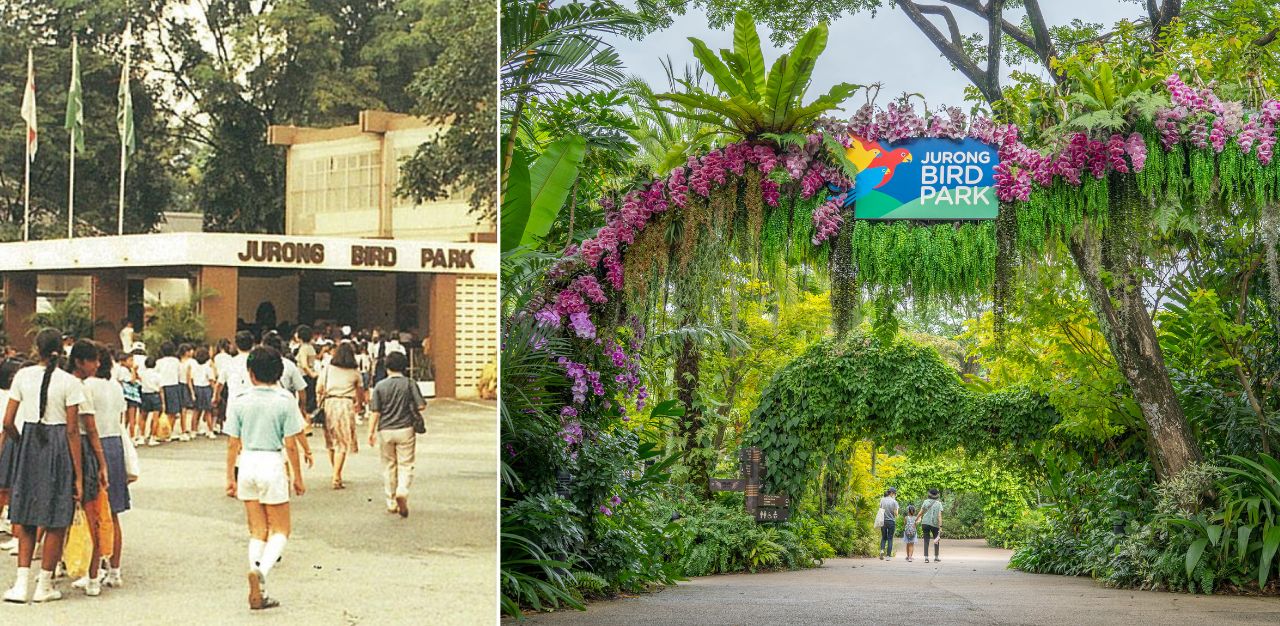
Old birds and new places
Having grown up on St John’s island right next to nature, Mr Lim remembers keeping birds as pets, including raising a rescued pigeon. He started working as bird keeper at the Jurong Bird Park when he was just 18, before the park officially opened and spent the next 35 years there until he retired in 2004.
“During the pre-opening, I was put in charge of the quarantine aviaries, which were the first to be built. I remember accompanying my seniors to Seletar airport to collect the birds late at night and send them to quarantine,” he says.
As part of the pre-opening team of the then nascent Jurong Bird Park, Mr Lim recalls laying the physical grounds on which Jurong Bird Park was built, even putting the soil down for the early designs of the aviary to prepare it for its feathered residents.
“The pre-opening of Jurong Bird Park was a challenging stage in my career because the park was still under construction and infrastructure such as concrete pavements had yet to be set up. We often engaged in physically taxing work such as digging and planting to (help) set up the aviaries. We were covered in mud by the end of the day,” he says.
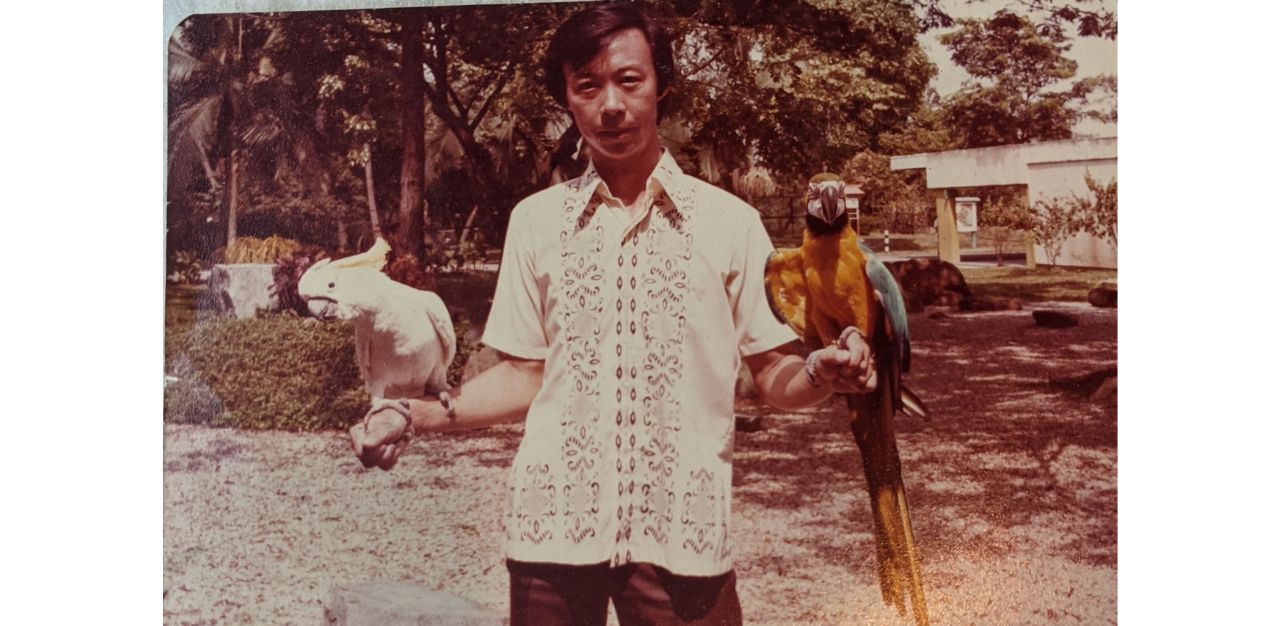
Still living on St John’s Island then, he recalls how the commute was a long and daunting one. He had to wake up at 5am every day to take a ferry from the island to the city centre.
“Public buses were scarce at the time so I would take a taxi that dropped me off a distance away from the park and had to hitchhike for the last leg of the journey on a lorry to get to the park itself,” he adds.
Mr Lim became the assistant curator in the 1990s, where he led a team of keepers in field operations and he recalls prouder moments like when Jurong Bird Park clinched the Tourism Host of the Year award in 1999 and 2000 from the Singapore Tourism Board, facing tough competition from the Night Safari and Singapore Zoo before their merger.
And when it comes to his favourite species of birds, Mr Lim is partial to flamingos.
“Not only are they beautiful to look at, they are also a joy to work with. When we used to restrain the birds to transfer them or for medical checks, we would gently hold on to their bodies with their long legs still able to reach the ground, and we would walk them alongside us as if walking a child,” says Mr Lim.
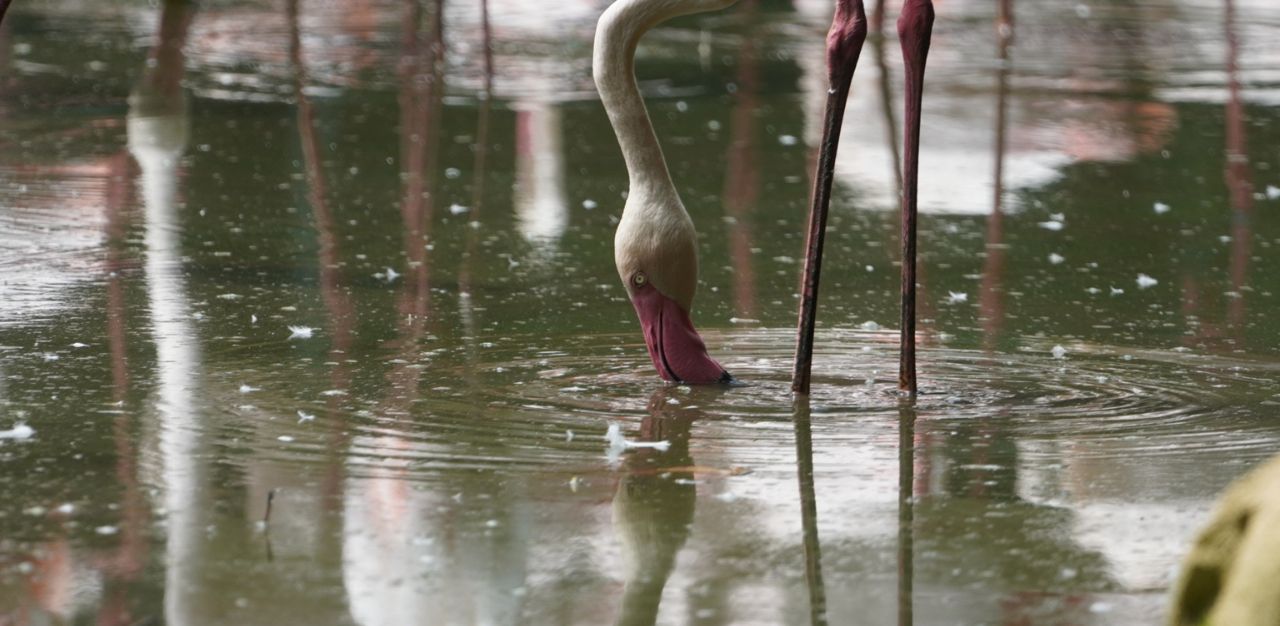
And with the caring of over 3,500 birds and 400 species from around the world at the park, at times, some residents’ feathers do get ruffled.
Keepers of Jurong Bird Park
Avian keeper Zaid Majid has the task of caring for over 300 birds, and they include conducting visual health checks.
“We have to account for every bird and look out for the slightest signs of health issues. Birds hide their symptoms very well and it requires experience and a trained eye to notice when they are unwell. I am actively honing my observation skills every day to ensure that the birds under our care maintain good health and quality of life,” says Mr Zaid.
Although he is armed with a diploma in accountancy, Mr Zaid followed his childhood passion for animals. He recalls his interests in animals started with a goldfish, a gift from his late-aunt, and observing animal care staff during school excursions. That was when he decided to go into animal care.
“As a keeper, I don’t just see my role as a custodian for the animals under our care, but also as an educator who imparts meaningful knowledge about the wildlife to our guests,” he says.
Mr Zaid, who works in the Parrot Paradise exhibit, recounts a moment when a guest asked which species of parrots would make suitable pets. He told the guest that while it is legal to keep parrots as pets in Singapore, doing so is a big responsibility.
“Many parrots have very long lifespans, some up to 50 years and can outlive their owners. They are often loud which can sometimes cause disturbance to the neighbours. They also require specialised care and diets to keep them happy and healthy. I believe I had convinced him to practice responsible pet ownership and not get a parrot on impulse,” he says.
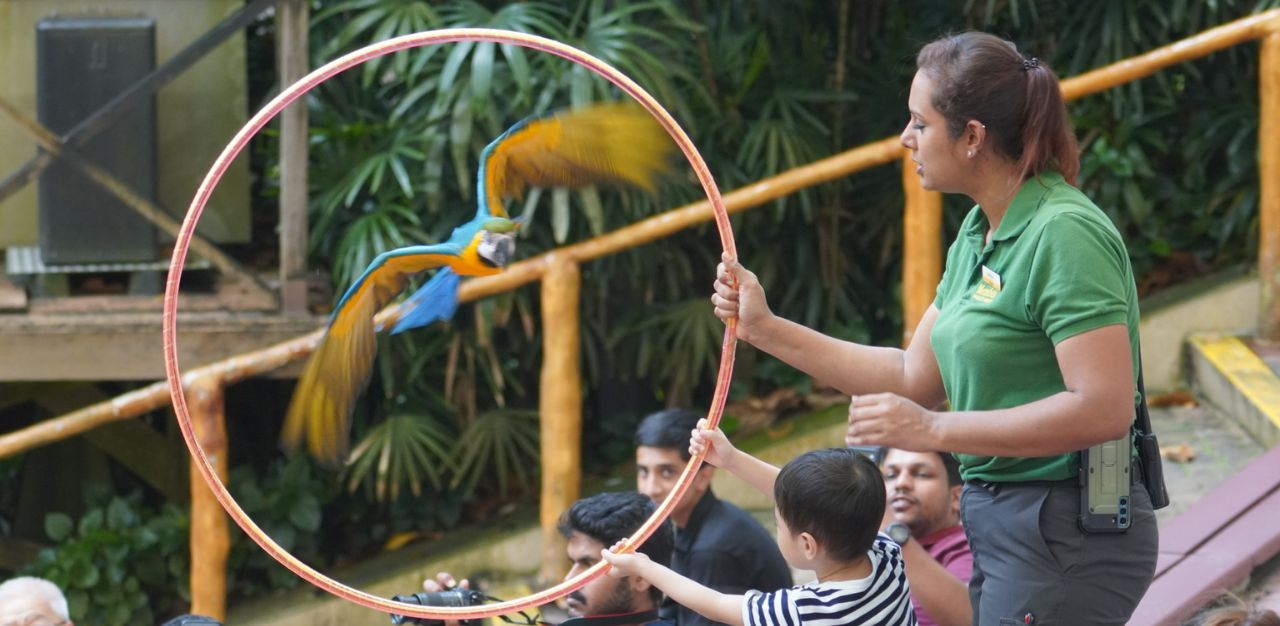
Conservation is also a big part Jurong Bird Park plays in the region.
As the largest bird park in Asia, many of the birds here are part of larger conservation programmes within and outside of Singapore. The Wings of Asia aviary houses the critically endangered Straw-headed Bulbul which is native to Singapore and the park is the only zoological institution in the world with an active breeding programme for this species heavily threatened by the songbird trade.
In a joint effort with Mandai Wildlife Group, OceansWatch, Birdlife International, Toledo Zoo and Aquarium and the Solomon Islands Department of Agriculture, 60 rescued Santa Cruz Ground Doves were brought to Jurong Bird Park in 2018 to form the world’s first assurance colony of the endangered species outside its native range. Breeding efforts have been successful with the initial flock, increasing the number to over 90 to date with the ultimate goal to return them to native Solomon islands to replenish the population.
“With ongoing research and the experience of the team here at Jurong Bird Park, we play an important role in many conservation projects and efforts internationally to protect the species. Species to look out for include the Bali Mynahs, Black-winged Mynahs, and the Edwards’ Pheasant,” says junior veterinarian Gabrina Goh.
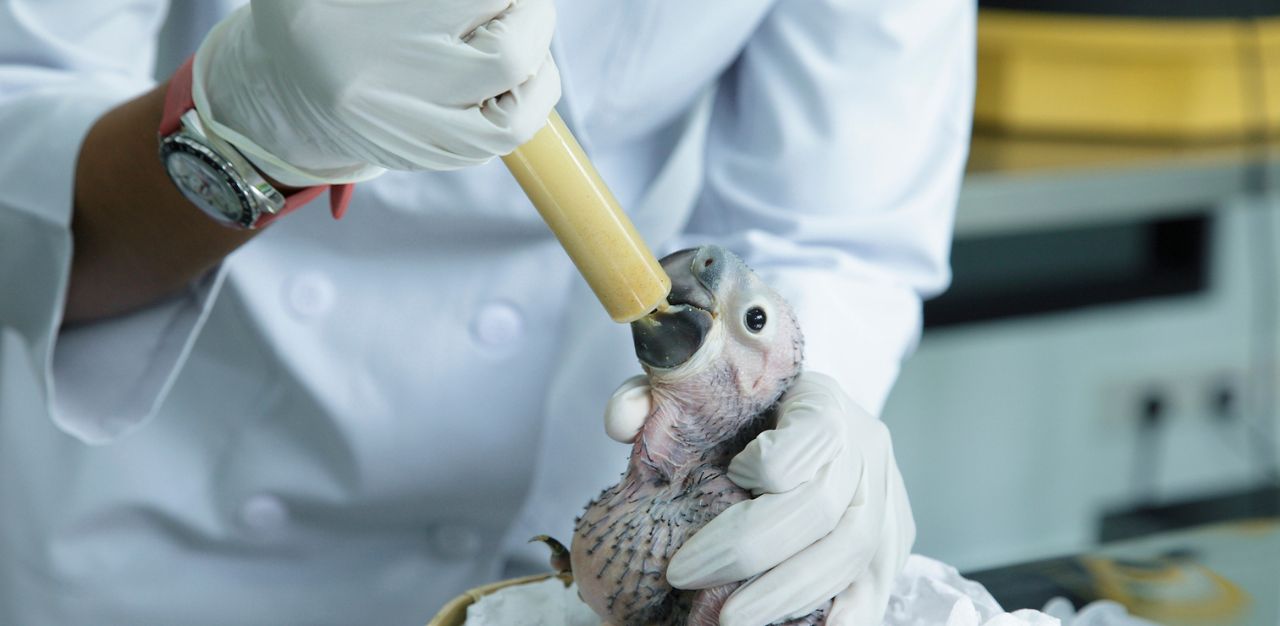
Having a father who worked at the Singapore Zoo, has made the zoo a second home for Dr Goh and her interacting with the staff from an early age and skipping school to attend its events has her becoming a veterinarian.
“The most fulfilling part of my job was when we successfully rehabilitated sick or injured wild birds rescued from around Singapore. One such patient was an Oriental Honey Buzzard that had fractured its wing. The bird required surgery to stabilise the fracture before it could begin the healing process. We spent a lot of time trying to replicate the bird’s wild diet to encourage it to eat while it was under our care and conducted daily physiotherapy for the bird after the operation,” she says.
With the help of NParks, the park was able to find a suitable location for the bird’s release.
“Seeing the bird safely fly off after hours and hours of rehabilitation was just the cherry on top,” she adds.
“Every bird is unique – from the differently shaped beaks to supporting their dietary needs, the various ways they move in the air to the varying feather colours for camouflage or to attract mates. Our aviaries are structured to mimic their natural habitat so that the birds will often engage in natural behaviours when they are in the wild like building nests, courtship, feeding their chicks or daily routines like taking a bath in the pond,” says Dr Goh. She encourages people who have not visited the park or birds before to do so and learn about these feathered friends.
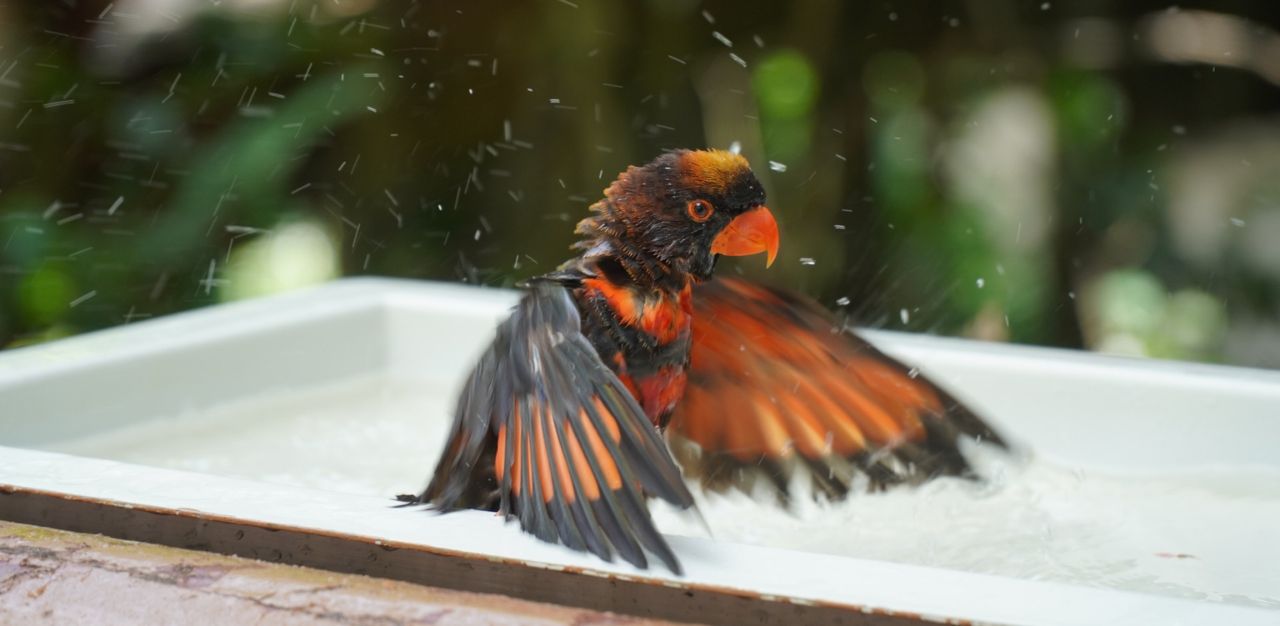
Preparing for new memories in Mandai
When the Bird Paradise opens in the second quarter of 2023, new features for a new generation of tourists and Singaporeans will be the eight large walk-through aviaries, upgraded infrastructure and facilities to enhance the welfare and care standards for the birds.
“I am personally looking forward to new opportunities to get closer encounters with the birds for photography as I like to dabble during my free time,” says Mr Zaid.
But beyond the move, new groundwork needs to be laid for the mass migration.
“We are conditioning the birds to prepare them for the migration using a training method called positive reinforcement. This is a crucial and important step where the birds are encouraged to enter the transport crates voluntarily and be comfortable inside. When they do, they are rewarded for the action. For instance, the Cassowaries, which are large flightless birds, are rewarded with a cool shower which they really enjoy,” says Mr Zaid.
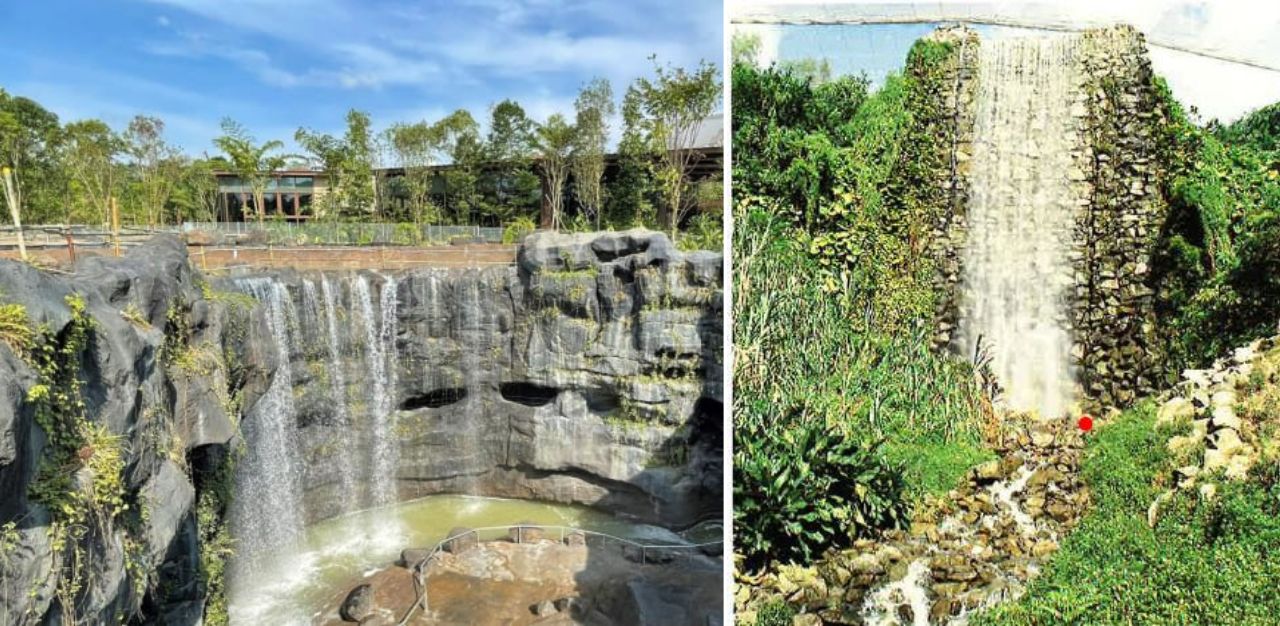
The new avian hospital at Bird Paradise will be bigger and furnished with even more advanced equipment with more space for procedures and a larger hospital ward.
“All in all, we will be able to do more for our patients and have more opportunities for learning and improving our veterinary skills,” says Dr Goh.
“Our responsibility as veterinarians for the move is to ensure that the birds remain healthy throughout the process. We have been busy gathering information, medical supplies and equipment and working closely with the other departments, including the avian and operation teams, in planning the move to ensure the safety of both the birds and our staff,” she adds.
For Dr Goh, who has been working in Jurong Bird Park for the past five years and having visited often as a child, she says, “It is a little sad that my children won’t be able to see the actual place where the photos of my childhood were taken”.
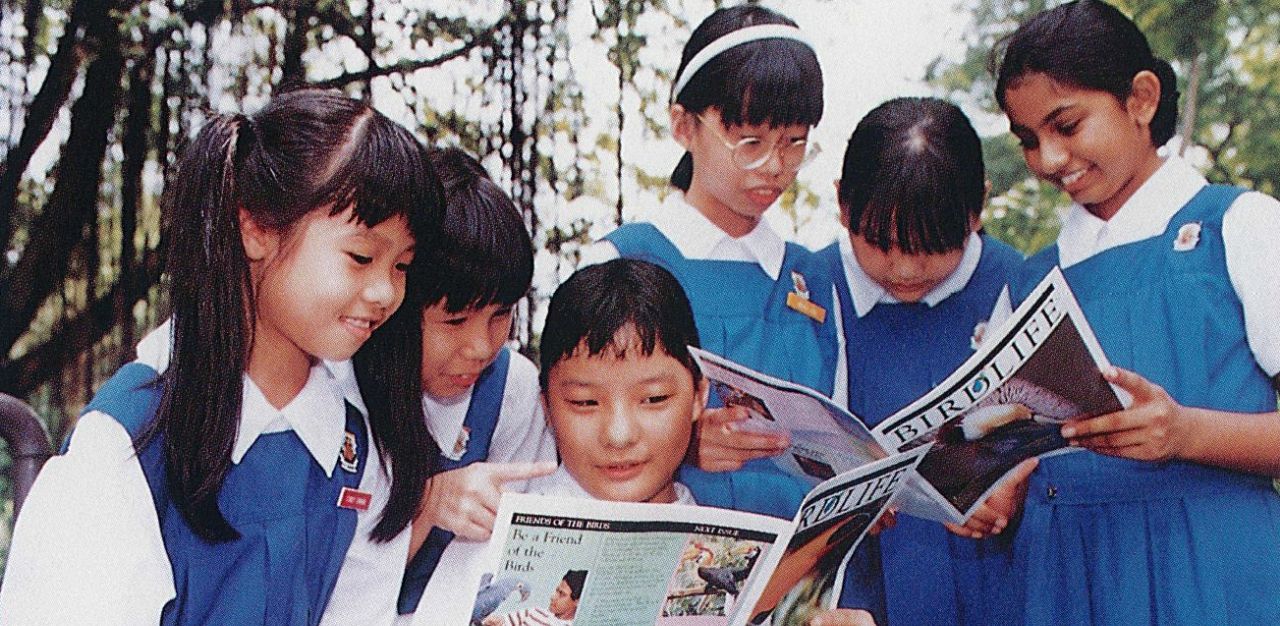
“The change is bitter-sweet. At the same time, the change is exciting and there is much to look forward to in the new park. This move is our chance to make modern modifications to our bird park to enhance guest experience and most importantly create a better environment for our birds with the larger spaces and improved technology that will help in daily processes such as health monitoring,” she says.
But the most memorable thing at the Jurong Bird Park for both Dr Goh and Mr Zaid was the camaraderie forged with colleagues.
“The avian hospital is open 365 days a year and these are the people I spend most of my time with. When we get new bird imports from overseas, some of these flights arrive late at night and sometimes a large team needs to stay behind to receive these birds. The dinners whilst waiting for the birds to arrive are always the best with great food and company,” Dr Goh says.
“I feel sad and happy at the same time. Jurong Bird Park is a place I consider my second home and where I developed countless memories with my colleagues. I will certainly miss walking around the park, admiring the nature and vast number of heliconias grown over the years, curated by the horticulture team. The design of Jurong Bird Park allows guests and staff alike to take a breather and bask in nature when they are not looking at birds. In addition, the park is well blended within the greenery that one almost doesn’t see any buildings – just nature and the birds,” he says.
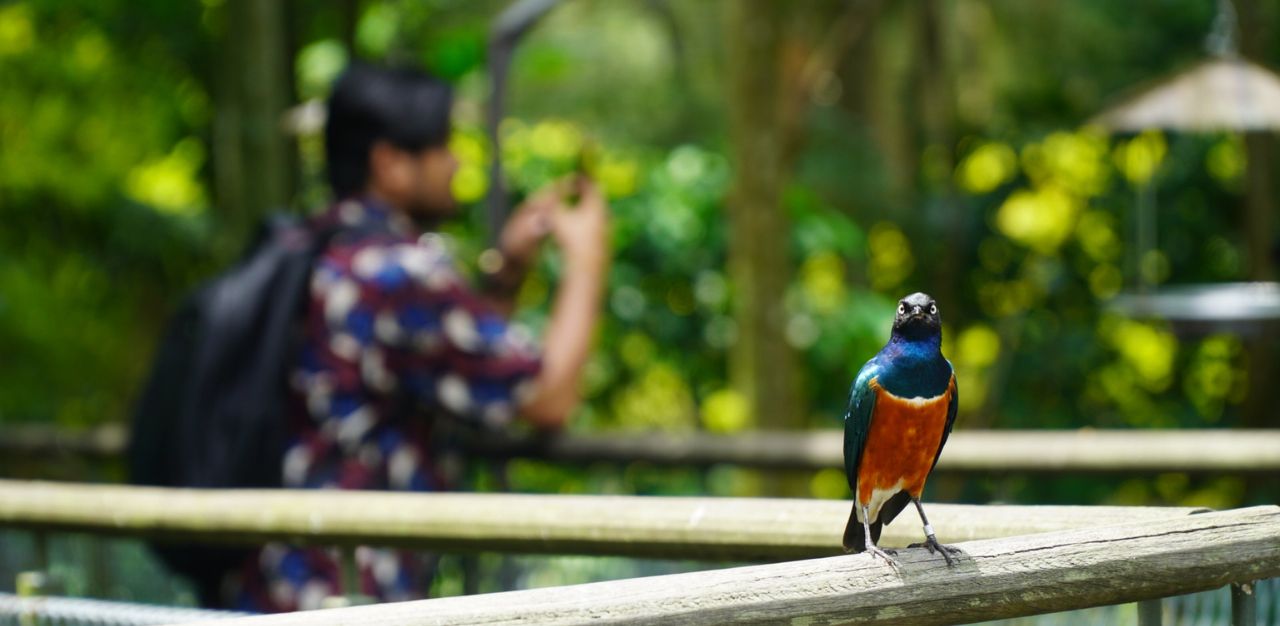
For one “old bird” who has spent half of his life at the soon to be ‘old’ location, the new Bird Paradise presents a chapter of new possibilities yet realised.
“I am excited to see what Bird Paradise has in store with its eight walk-through aviaries. The Bee-eater’s cliff in the new Heart of Africa aviary, with burrows for bee-eaters and where the species can be observed swooping to catch insects in mid-air was an idea that we had considered before in Jurong Bird Park which never came to fruition, so I am especially excited to see it realised in Bird Paradise,” Mr Lim says.
RELATED: 9 in 10 say lifestyle impact environment, only 2 in 5 cut food waste, survey shows
Join the conversations on TheHomeGround Asia’s Facebook and Instagram, and get the latest updates via Telegram.



